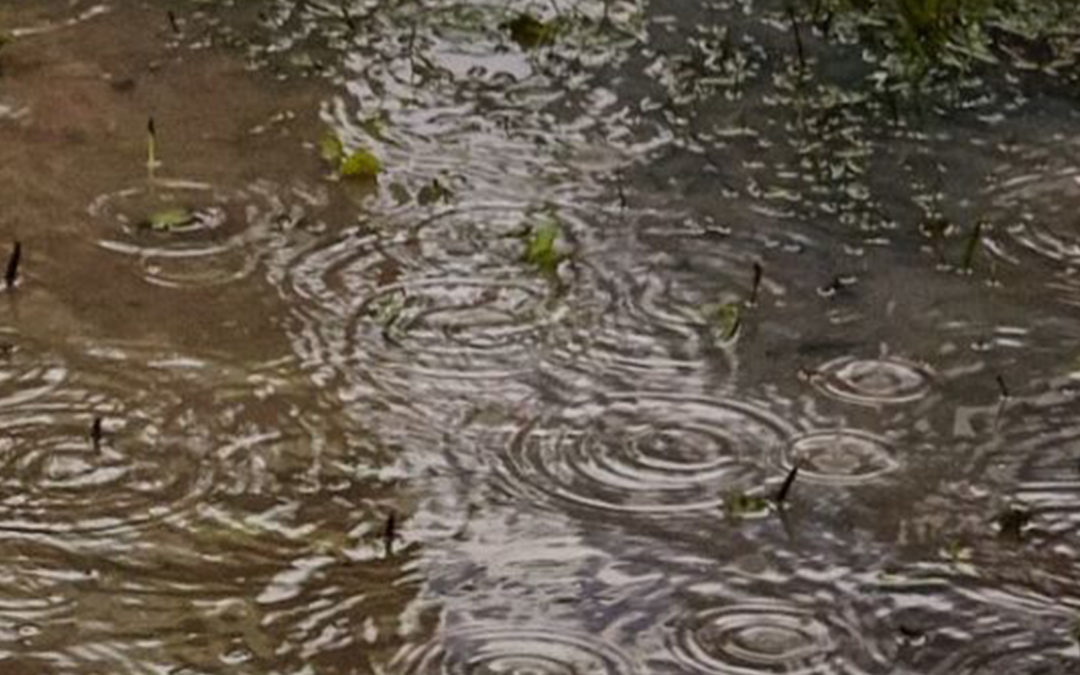Urban development has dramatically changed the natural system of stormwater runoff that occurs when it rains.
As cities have increasingly become “concrete jungles”, rainwater is no longer absorbed by vegetation and soil before being slowly discharged into creeks.
Instead, the falling rain is directed by roofs, gutters, driveways, roads and carparks into underground stormwater pipes and channels.
This captured stormwater runoff is then rapidly channelled into nearby waterways, where it erodes creeks, deposits sediments and pollutes or destroys water habitats and organisms.
It may come as a surprise to learn that Rain Harvesting is one way to moderate the impact of urban development by reducing damage from stormwater runoff.
How Rain Harvesting helps
By collecting and storing the rainwater that lands on your roof, Rain Harvesting systems significantly reduce the volume of water that ends up in stormwater systems.
In turn, this takes pressure off stormwater infrastructure and the environment into which the stormwater is discharged.
In areas where enough homes have appropriate Rain Harvesting systems, the contribution of rain harvesting to reducing damage from stormwater runoff can be significant.
In such areas, Rain Harvesting systems can also reduce the need for investment in stormwater infrastructure as fewer or smaller systems are required and/or reduce maintenance requirements for this infrastructure.
In other words, the benefits of Rain Harvesting aren’t limited to water self-sufficiency or drought resilience. Instead, rain harvesting can positively impact people and the environment in a number of ways – not least of which is stormwater management.
